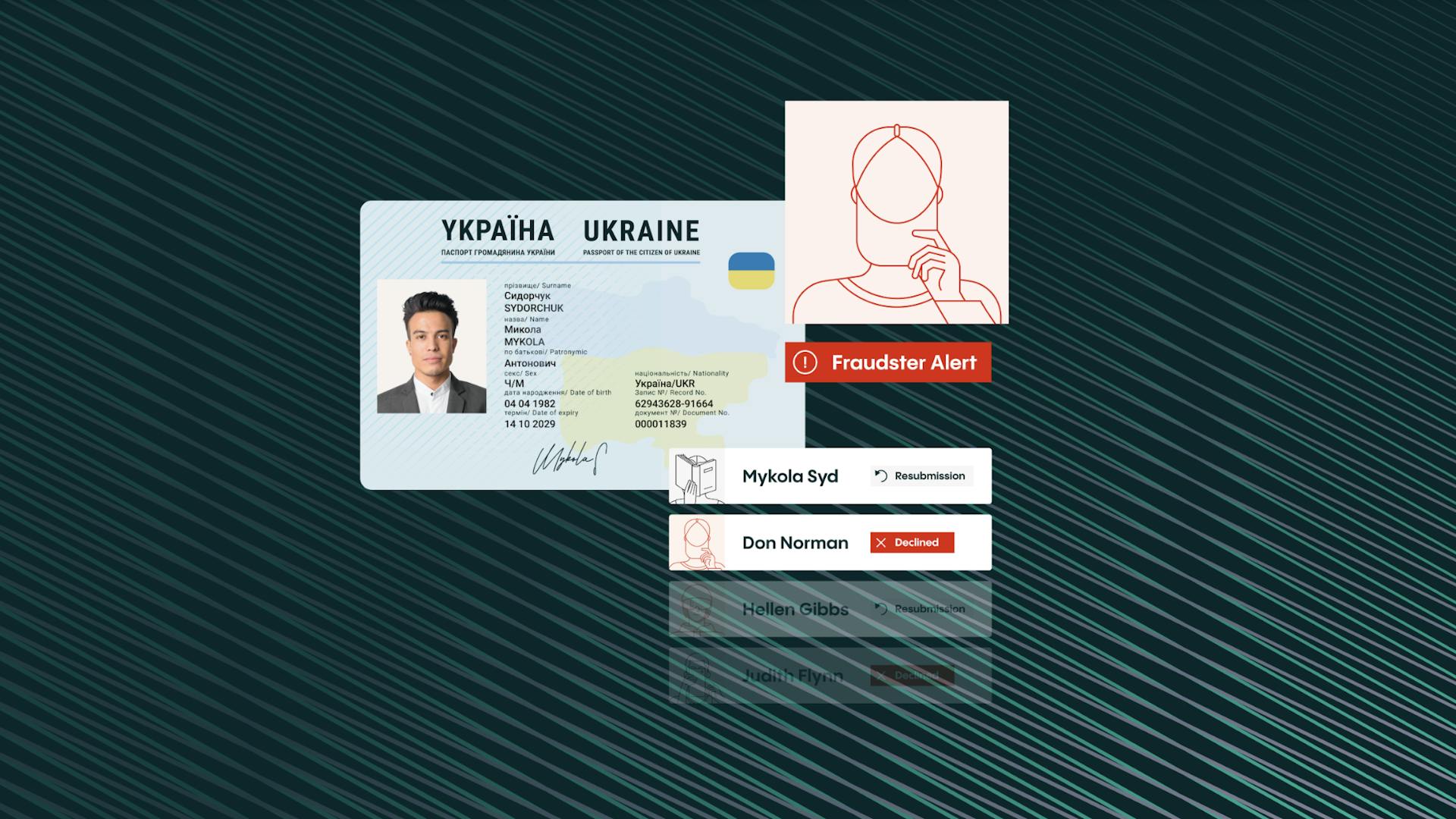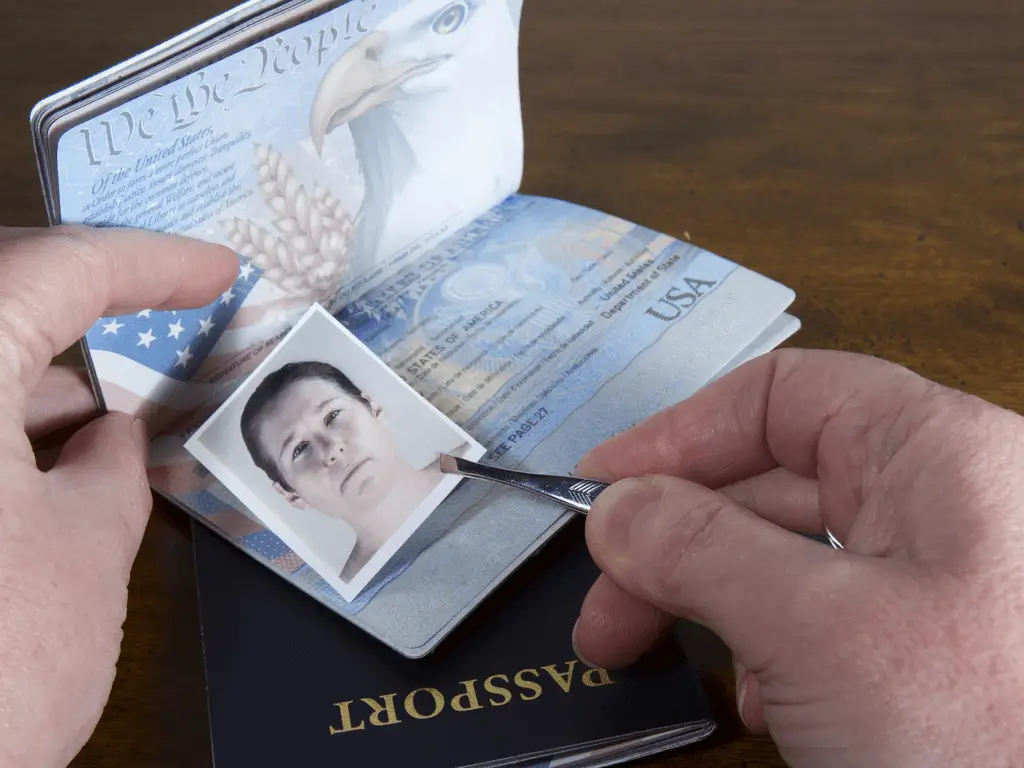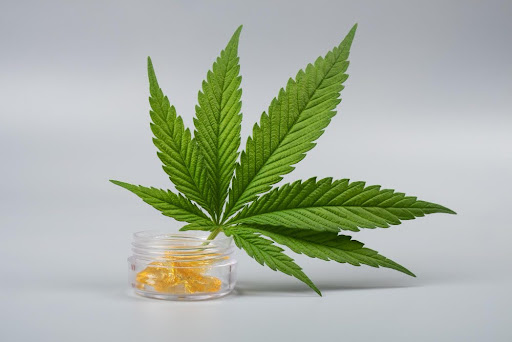How to Spot a Fake ID: A Comprehensive Guide
“How to Spot a Fake ID” In today’s world, verifying IDs is a crucial part of many businesses and activities, from age-restricted purchases to age-gated events. Unfortunately, counterfeit IDs are becoming increasingly sophisticated, making it challenging to distinguish real from fake.
This guide will equip you with the knowledge and techniques to confidently identify fake IDs, protecting yourself and your business from potential harm.
1. Visual Inspection:
The first line of defense against fake IDs is a thorough visual inspection. Here are some key points to consider:
- General appearance: Check for any inconsistencies in the ID’s overall appearance, such as blurry printing, misaligned text or images, or incorrect color shades.
- Material and construction: Authentic IDs are typically made of high-quality plastic with a specific feel and texture. Fake IDs may be made of flimsy plastic or have a rougher texture.
- Holograms and security features: Most government-issued IDs incorporate security features like holograms, UV markings, and microprinting. Carefully examine the ID for these features and ensure they are present and appear authentic.
- Photo and information: Compare the photo on the ID to the person presenting it. Look for any discrepancies in facial features, hair color, or skin tone. Check the information on the ID for any misspellings, inconsistencies, or illogical dates (e.g., birthdays in the future).
2. Physical Examination:

Beyond visual inspection, some additional physical tests can help identify fake IDs:
- Bend test: Bend the ID slightly. Authentic IDs should be flexible and return to their original shape. Fake IDs may crack or break.
- Touch test: Feel the ID carefully. Authentic IDs will have a smooth surface, while fake IDs may have rough edges or imperfections.
- Light test: Shine a light through the ID. The text and images on a genuine ID should be clearly visible. On a fake ID, the light may be diffused or partially obscured.
3. Scanner Technology:

Using ID scanners equipped with barcode reading and data verification features is a highly effective way to detect fake IDs. These scanners can quickly and accurately identify inconsistencies in the ID’s data and flag potential counterfeits.
4. Training and Awareness:
Equipping employees with proper training on identifying fake IDs is crucial. This training should include information on the various types of fake IDs, their common features, and the latest detection techniques. Regular training sessions and awareness campaigns will enhance employees’ confidence and vigilance in verifying IDs.
5. Collaboration and Reporting:

If you suspect a fake ID, it is essential to report it to the authorities. Maintaining open communication with local law enforcement can help identify trends in fake ID production and distribution, leading to better prevention and apprehension of perpetrators.
Additional Tips:
- Request additional identification: If you are unsure about the authenticity of an ID, request another form of identification, such as a passport or bank statement.
- Compare signatures: Ask the person to sign their name on a blank piece of paper and compare it to the signature on the ID.
- Be cautious of altered IDs: Be aware that even genuine IDs can be tampered with. Look for signs of alteration, such as erasures, scratches, or inconsistencies between the different sections of the ID.
- Stay updated: As technology advances, so do the methods used to create fake IDs. Stay informed about the latest trends and developments in counterfeit IDs to enhance your detection skills.
By following these guidelines and remaining vigilant, you can significantly reduce the risk of accepting fake IDs and protect yourself from potential legal and financial consequences.
Remember, verifying IDs is a shared responsibility. By working together, we can create a safer environment for everyone.
Conclusion
In conclusion, verifying IDs is an essential responsibility in an age of sophisticated counterfeit technology. By employing a combination of visual inspection, physical examination, scanner technology, training, awareness, collaboration, and additional tips, you can significantly improve your ability to detect fake IDs and protect yourself from potential harm. Remember, staying vigilant and informed is key to ensuring a safer environment for all.














